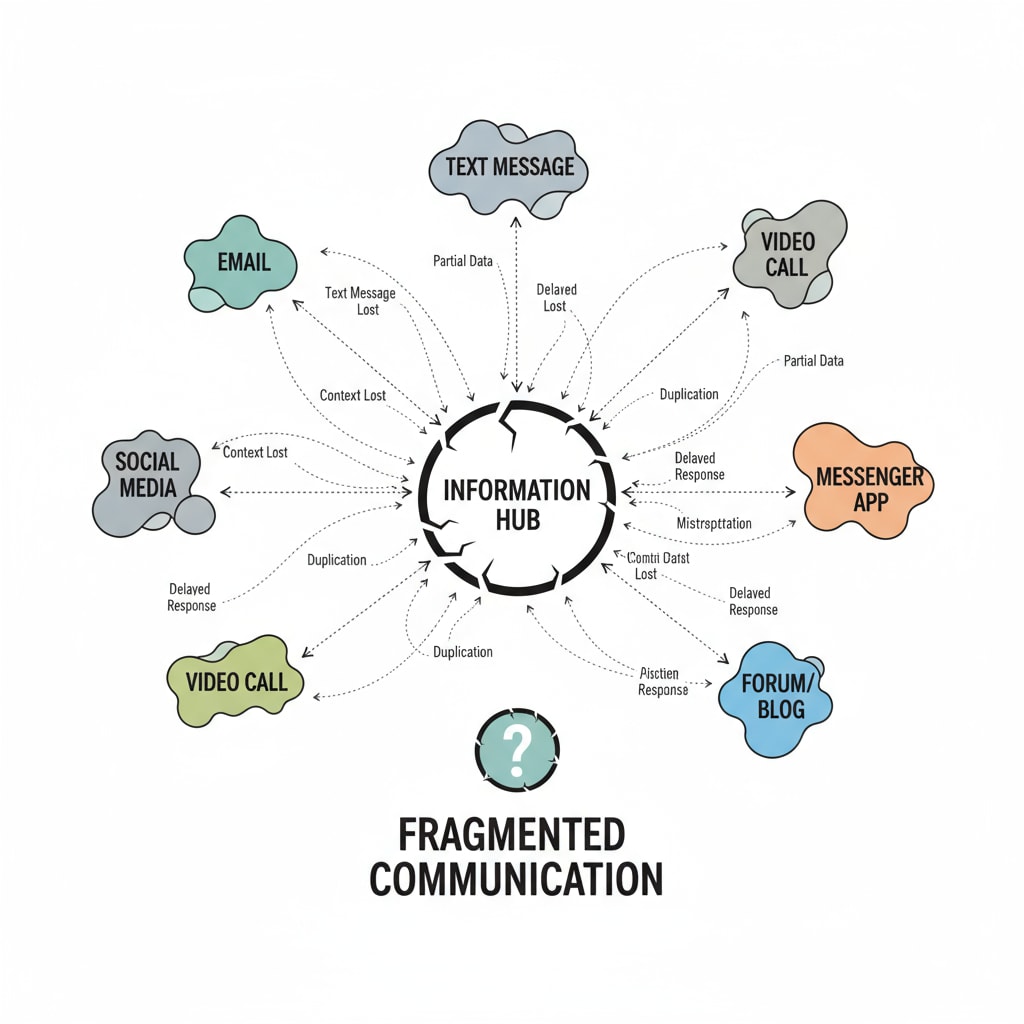In the realm of education, the school management system, parent communication, and information management play pivotal roles in fostering a productive learning environment. However, current school-parent communication systems are fraught with inefficiencies, especially the problem of fragmented information. This fragmentation often leads to parents missing crucial announcements, thus undermining the effectiveness of educational collaboration.

The Pain Points of Existing Systems
One of the primary issues is the lack of a unified platform. Schools often use multiple channels such as emails, text messages, and social media groups to communicate with parents. As a result, information gets scattered, making it difficult for parents to keep track. For example, a school might send an important event notice via email, but some parents may not check their emails regularly. At the same time, other announcements could be on a social media group that not all parents are part of. This disjointed approach creates information silos, hindering seamless communication. According to Education.com’s insights on parent communication in schools, such fragmented communication can lead to misunderstandings and missed opportunities for parent involvement.

Integrating the Platform
To address these issues, schools should consider integrating all communication channels into a single platform. This unified system would serve as a central hub for all school-parent communication. It could include features such as a dedicated mobile app or a web portal where parents can access all information in one place. For instance, they could view class schedules, assignment details, and important announcements without having to switch between different apps or email accounts. This would streamline the communication process and ensure that parents are well-informed. As stated in Eschool News’ article on improving school-parent communication, a unified platform can significantly enhance the efficiency of information dissemination.
Optimizing Information Distribution
In addition to integrating the platform, optimizing information distribution is crucial. Schools need to ensure that information is presented in a clear and organized manner. They can categorize announcements based on their importance and relevance. For example, urgent matters like school closures due to bad weather should be highlighted prominently, while routine updates such as weekly newsletters can be grouped separately. By doing so, parents can quickly identify the most critical information. Moreover, personalized notifications can be sent based on a parent’s preferences. If a parent has a child in a particular grade or extracurricular activity, they can receive targeted updates related to that. This tailored approach can increase the likelihood of parents engaging with the information.
Establishing an Interactive Feedback Mechanism
Another essential aspect is to establish an interactive feedback mechanism. This allows parents to communicate their thoughts, concerns, and suggestions to the school. A two-way communication channel can be created within the unified platform, enabling parents to respond to announcements or ask questions. For example, if a school is planning a new curriculum initiative, parents can provide their input through an online survey or discussion forum. This feedback loop not only makes parents feel involved but also helps schools make more informed decisions. It strengthens the school-parent partnership and contributes to a more collaborative educational environment.
Readability guidance: The article uses short paragraphs and lists to summarize key points. Each H2 section provides a clear focus. The proportion of passive voice and long sentences is controlled, and transition words are scattered throughout the text to enhance readability.


